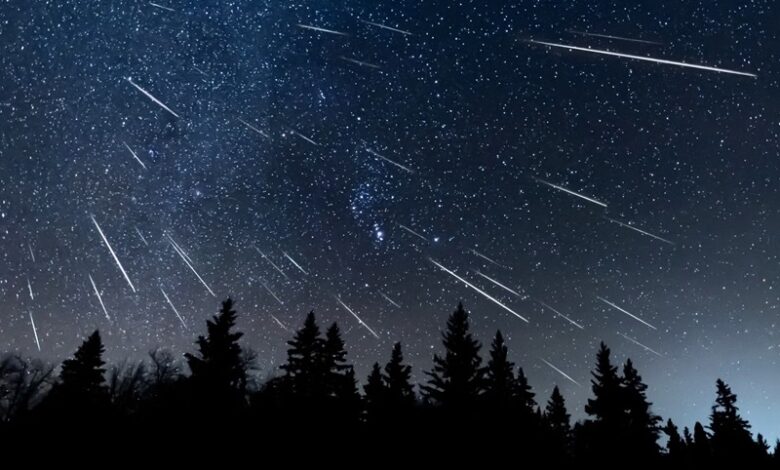First Meteor Shower of 2025: What are Quadrantids, and where can you see them?
News Mania Desk / Piyal Chatterjee/ 3rd January 2025

We have just started 2025, and the globe is about to see the first meteor shower of the year. The Quadrantid meteor shower occurs annually in early January. It is one of the most powerful yearly meteor displays, with a peak that lasts only a few hours. This year’s viewing circumstances will mostly benefit North America, particularly those in Mississippi.
The Quadrantid meteor shower, which occurs annually in early January, is one of the rarest and most violent meteor showers. It extends from the northeast corner of the Boötes constellation. The term Quadrantids is derived from the now-defunct constellation Quadrans Muralis, which was named in 1975 by French astronomer JJ Lalande.
Adolphe Quetelet, a Belgian astronomer, first spotted the meteor shower in the 1830s. The Quadrantids are said to have formed from asteroid 2003 EH1, which is thought to be a remnant of an extinct comet that broke up about 1490-91. During peak activity, viewers might see 60 to 120 meteors each hour. However, visibility is primarily dependent on location and time.
This year’s viewing circumstances favour western North America during the pre-dawn hours. These meteors are expected to glow brightly as the Earth’s forward-facing side strikes them at high speeds.
In the absence of moonlight, this might be one of the finest meteor shows of the year. Aside from the United States, Canada, certain portions of Northern Europe, and Russia, China, Japan, and Korea are expected to see the shower, though visibility may vary. The ideal time to watch is before sunrise on January 4th. Last year, the Quadrantids were active from December 28, 2023 to January 12, 2024. The climax occurred from January 3 to 4. During this period, witnesses allegedly saw up to 120 meteors per hour.






